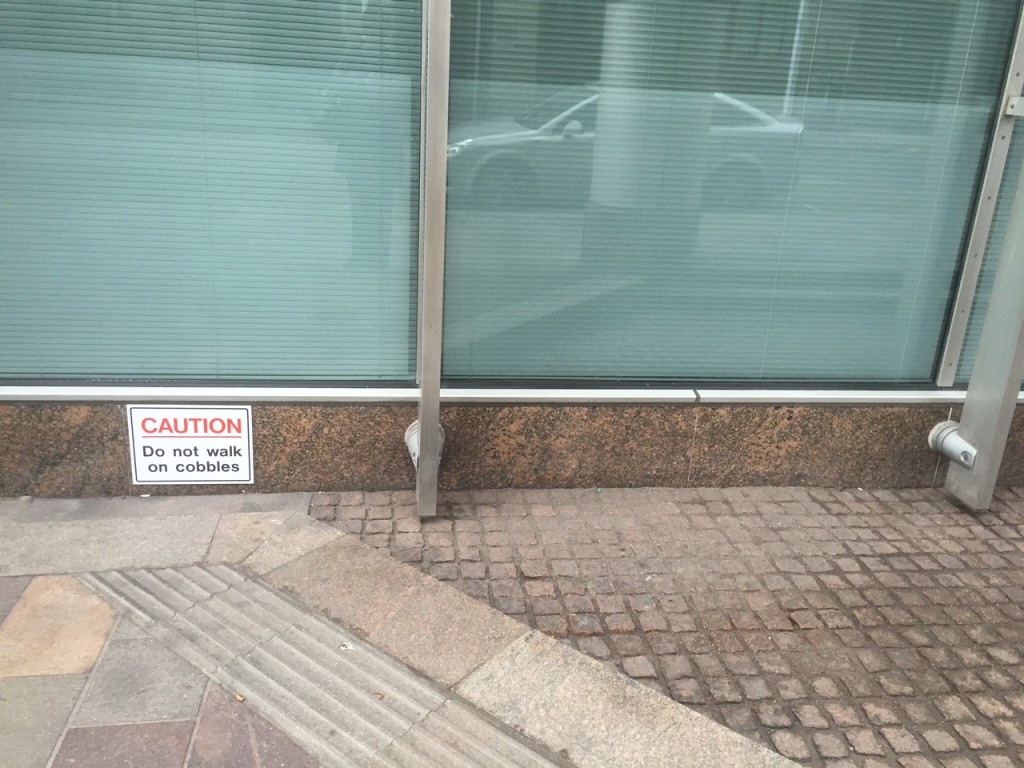It was the middle of a very slow afternoon when she lined up the pens with the top of her keyboard and pushed back from the desk.
Traffic flowed by the eight-storey glass and chrome office building. Lorries, bike couriers and pedestrians moving on, not stopping. Inside colleagues murmured, typed and sneaked glances at the clock.
She noticed a flock of birds swirling against the blue. Starlings? And the city below, through the safely sealed-shut windows. Busy, humming.
Heading for the eight-floor ladies loo, she stopped. Smiled and changed direction. Without a pause she put her foot on the faux leather chair, stepped up and, pushing palms on the varnished rail, tilted herself over the barrier and out, out into the bright calm space of the atrium.
Nothing changed for a beat. And then…
Her shoe landed beneath the groomed and dusted indoor trees. Sole-up on the cobblestones corralling the roots. A little bit of boulevard for the office inmates. On other cobbles, it would speak of a wine, wildness and hangovers.
But no one saw. Across the cold tiles, the woman’s blood was thickening fast as it puddled under her broken head. The screaming had started.

…
It only takes a tiny deviation, the smallest of differences, for everything to be entirely altered. Normal, boring, average and safe could vanish with the smallest shift. That’s all it would take.
I work in an office with lots of floors, an atrium and nothing to stop me vaulting the bannister from workaday and mundane into something entirely memorable. Of course, I don’t do that. But the possibility is always there, vibrating at the very edges of the ordinary landscape.
It’s there in so many places: The words you don’t say; the brake pedal you hit in time; intimacy with a stranger; something pocketed; something dropped.
How do we know then what to do and what not to do? How – mostly – do we all know it? What if we didn’t?